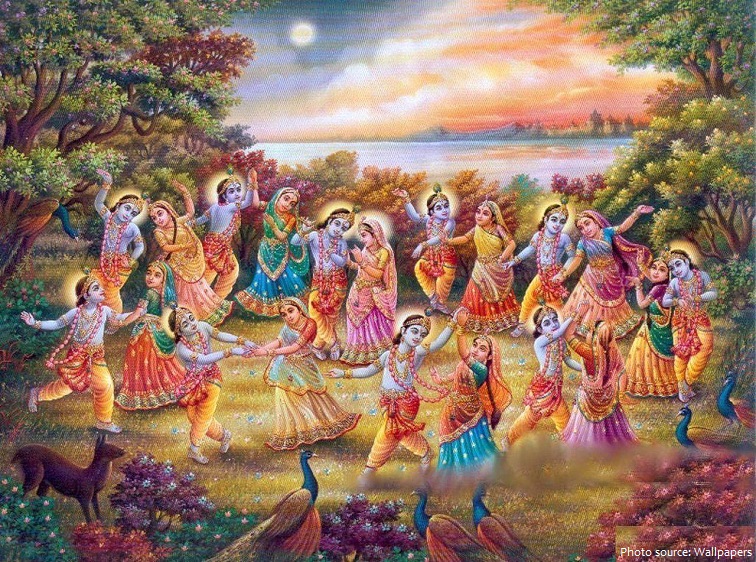
Hinduism is an Indian religion and dharma, or way of life.
It is the world’s third-largest religion, with over 1.2 billion followers, or 15–16% of the global population, known as Hindus.
Hinduism is the world’s oldest religion, according to many scholars, with roots and customs dating back more than 4,000 years.
According to scholars, the evolution of Hinduism may be divided into three periods: the ancient period (3000 BC-500 AD), the medieval period (500 to 1500 AD) and the modern period (1500 to present).
The term “Hinduism” is what is known as an exonym (a name given by others to a people, place, or concept) and derives from the Persian term Sindus designating those who lived across the Indus River.
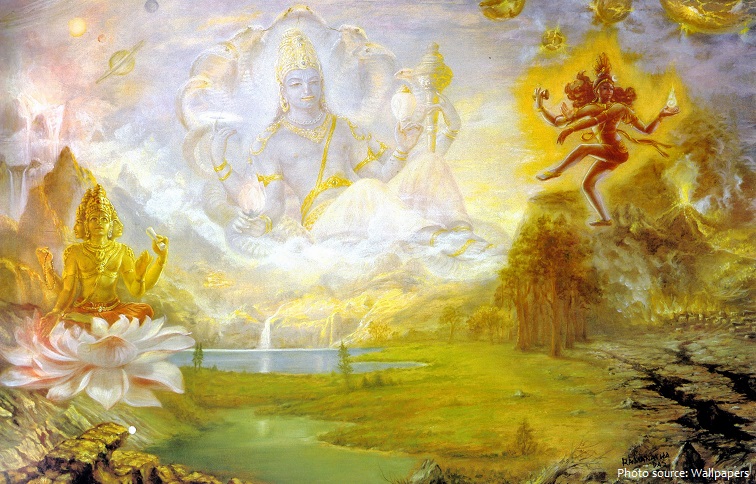
Because the religion has no specific founder, it’s difficult to trace its origins and history. Hinduism is unique in that it’s not a single religion but a compilation of many traditions and philosophies.
Hinduism developed over many centuries from a variety of sources: cultural practices, sacred texts, and philosophical movements, as well as local popular beliefs. The combination of these factors is what accounts for the varied and diverse nature of Hindu practices and beliefs.
Hindus value many sacred writings as opposed to one holy book. The primary sacred texts, known as the Vedas, were composed around 1500 BC. This collection of verses and hymns was written in Sanskrit and contains revelations received by ancient saints and sages.
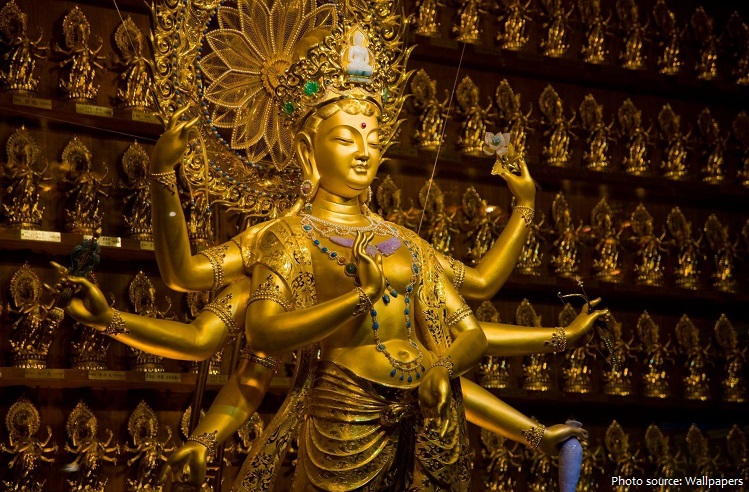
The Vedas are made up of:
• The Rig Veda
• The Samaveda
• Yajurveda
• Atharvaveda
Adherents of the faith know it as Sanatan Dharma – “eternal order” or “eternal path” – and understand the precepts, as set down in the scriptures known as the Vedas, as having always existed just as Brahman, the Supreme Over Soul from whom all of creation emerges, has always been. Brahman is the First Cause which sets all else in motion but is also that which is in motion, that which guides the course of creation, and creation itself.

Accordingly, one may interpret Hinduism as monotheistic (as there is one god), polytheistic (as there are many avatars of the one god), henotheistic (as one may choose to elevate any one of these avatars to supremacy), pantheistic (as the avatars might be interpreted as representing aspects of the natural world), or even atheistic as one might choose to replace the concept of Brahman with one’s self in striving to be the best version of one’s self. This belief system was first set down in writing in the works known as the Vedas during the so-called Vedic Period c. 1500 – c. 500 BC but the concepts were transmitted orally long before.
Its many sacred texts in Sanskrit and vernacular languages served as a vehicle for spreading the religion to other parts of the world, though ritual and the visual and performing arts also played a significant role in its transmission. From about the 4th century AD, Hinduism had a dominant presence in Southeast Asia, one that would last for more than 1,000 years.
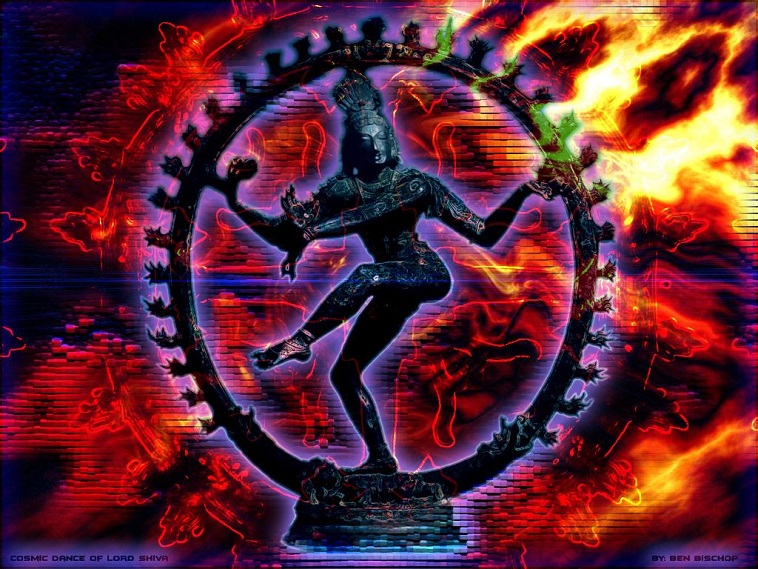
Hindus generally accept the doctrine of transmigration and rebirth and the complementary belief in karma. The whole process of rebirth, called samsara, is cyclic, with no clear beginning or end, and encompasses lives of perpetual, serial attachments. Actions generated by desire and appetite bind one’s spirit (jiva) to an endless series of births and deaths. Desire motivates any social interaction (particularly when involving sex or food), resulting in the mutual exchange of good and bad karma.
Followers of Hinduism may worship multiple different gods, although it’s not a polytheistic religion because all these gods are believed to be manifestations of the one Brahman.
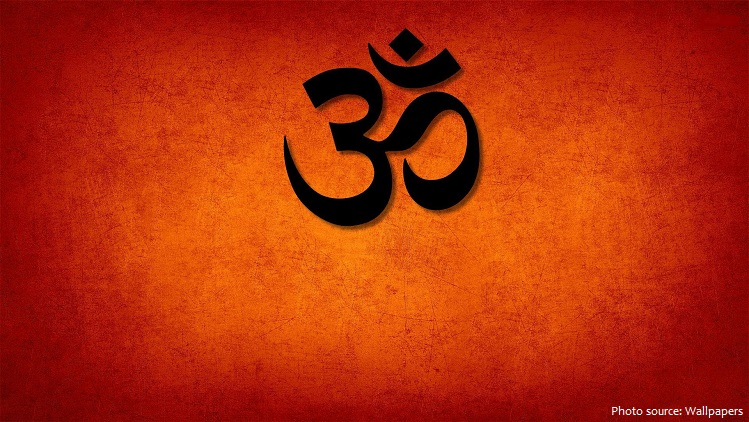
Agni, Indra, Shiva, Vishnu, and Ganesha are just a few examples of Hindu gods that different sects have regarded as the most important gods at various times. Shiva is sometimes associated with the destruction process, and Vishnu is seen as a creator who uses the remains of Shiva’s destruction to regenerate what has been destroyed.
There are two primary symbols associated with Hinduism, the om and the swastika:
• The om symbol is composed of three Sanskrit letters and represents three sounds (a, u and m), which when combined are considered a sacred sound. The om symbol is often found at family shrines and in Hindu temples.
• The word swastika means “good fortune” or “being happy” in Sanskrit, and the symbol represents good luck. (A diagonal version of the swastika later became associated with Germany’s Nazi Party when they made it their symbol in 1920.)
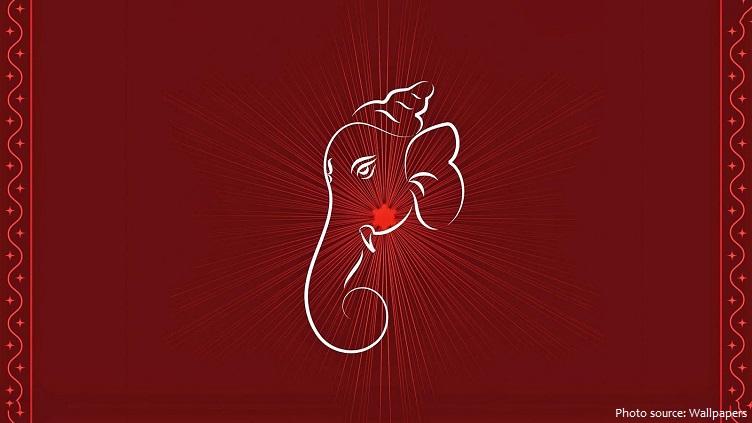
Hindus revere all living creatures and consider the cow a sacred animal.
Food is an important part of life for Hindus. Most don’t eat beef or pork, and many are vegetarians.
Hinduism and Buddhism have many similarities. Buddhism, in fact, arose out of Hinduism, and both believe in reincarnation, karma and that a life of devotion and honor is a path to salvation and enlightenment.
But some key differences exist between the two religions: Buddhism rejects the caste system of Hinduism and does away with the rituals, the priesthood and the gods that are integral to the Hindu faith.